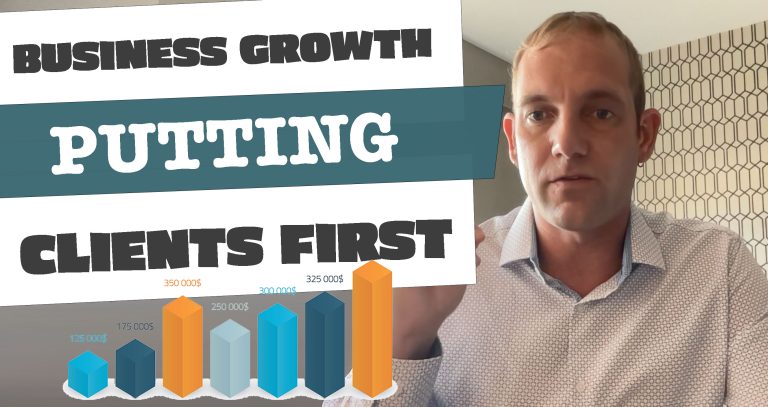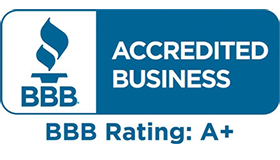Planning and organizing a new website development project involves several important steps. Here’s a video that highlights “How to Plan and Organize a New Website Development“.
Define your goals and objectives: Begin by clearly understanding the purpose of your website. Identify what you want to achieve with it, whether it’s to promote a product, provide information, or facilitate online sales. This will help you set specific goals for the project.
Identify your target audience: Determine who your website is intended for. Understand their needs, preferences, and behaviors. This information will guide your design and content decisions to create a user-friendly experience.
Create a sitemap: Develop a structured outline of your website’s pages and their hierarchy. This sitemap will serve as a blueprint for the development process and help you visualize the overall structure of the site.
Plan your content: Decide on the type of content you want to include on each page. This includes text, images, videos, and other media. Create a content strategy to ensure your messaging aligns with your goals and resonates with your target audience.
Choose a suitable technology stack: Select the appropriate technologies and platforms to build your website. Consider factors such as your budget, scalability requirements, and the skills of your development team. Common options include content management systems (e.g., WordPress, Drupal), eCommerce platforms (e.g., Shopify, WooCommerce), or custom development using programming languages like HTML, CSS, and JavaScript.
Wireframe and design: Create wireframes or mockups to visualize the layout and functionality of your website. Use design tools or work with a professional designer to create an appealing and user-friendly interface. Consider usability best practices, such as intuitive navigation, clear calls-to-action, and responsive design for mobile devices.
Develop and test: Begin the actual development process by coding the website based on your design. Collaborate with developers to ensure the functionality aligns with your requirements. Regularly test the website during development to catch and fix any bugs or issues that may arise.
Implement SEO best practices: Optimize your website for search engines to improve its visibility and organic traffic. Conduct keyword research, optimize meta tags, create descriptive URLs, and ensure your content follows SEO guidelines. Consider integrating tools like Google Analytics for monitoring and analysis.
Set up analytics and tracking: Install website analytics tools to gather data on user behavior, traffic sources, and other relevant metrics. This information will help you make informed decisions for ongoing improvements and marketing efforts.
Plan for ongoing maintenance and updates: Develop a plan to ensure your website remains up-to-date and secure. Regularly update your content, plugins, and software. Consider creating a maintenance schedule or hiring a web developer for ongoing support.
Launch and promote: Once your website is ready, it’s time to launch it to the public. Coordinate with your hosting provider to make the site live. Develop a marketing strategy to promote your website through various channels, such as social media, email marketing, or search engine advertising.
Remember, effective planning and organization are crucial for a successful website development project. It’s essential to involve key stakeholders, communicate clearly with your development team, and continuously evaluate and refine your strategy as the project progresses.





















